2022 IOWA RECAP: Death Of An Era
Huskers finally break their losing streak to Iowa and move on to a new coach
Wow! A lot of football stuff has happened since the last newsletter nine days ago: Nebraska spoiled Iowa’s chances of winning the Big Ten West! Matt Rhule was hired as the new coach! Trey Palmer finished behind someone in All-Big Ten voting who had 400 fewer receiving yards than him and then declared for the NFL draft! Ernest Hausmann entered the transfer portal!
I’ll get into breaking down some Rhule stuff in the offseason after I finish wrapping up 2022 (I’ve gotta fill NINE MONTHS with content until the next Nebraska football game), but my initial take in the candidate breakdown is more or less how I feel. I think it’s a fairly uninspiring choice compared to some of the other options they could have seemingly had (including the guy Wisconsin just hired for $24 million less), but we don’t really know what backroom dynamics were at play, and Rhule should get some credit for turning around some pretty buff situations at Temple and Baylor. It’s also just hilarious how we careen wildly between extreme head coach archetypes: We had the mean curmudgeon coach so we hired the nice grandpa, then fired that guy to hire the cocky scheme wunderkind, and now we’re going with a youth pastor who may or may not know what Cover 3 is. I love it!!!
But back to Friday: THAT ROCKED. After years of losing seemingly a million games by doing the dumbest possible stuff at the worst times and getting lectured about BIG TEN FOOTBALL and TURNOVERS and MENTAL TOUGHNESS and PUNTING by all the lifer programs, it was incredibly rich to see it happen to one of them. It’s a little less rewarding when it caps a 4-8 season, but, hey, we’re not going to talk about that.
***Apologies for the post being out a day later than normal. I had holiday travel and caught a little flu Monday and didn’t get as much done early in the week as I typically do.***
PROGRAMMING NOTE: If you’re a new subscriber, I would suggest reading the post detailing the newsletter’s plan for this year; it will better explain things like success rate and what the numbers are trying to accomplish. The season averages do not have the data for the Illinois or the Minnesota games included.
OFFENSE
GAME CHART
2022 Iowa Offensive Game Chart
OVERALL
Nebraska’s offense played pretty poorly from an efficiency standpoint and did almost all of its damage in the first 20 minutes of game time: Through the second touchdown that gave them a 17-0 lead with 10:51 left in the second quarter, NU’s offense was operating with a 42% success rate; on the remaining plays it was at about 26%. The efficiency numbers from Friday are being affected by Nebraska spending most of the final quarter running the ball up the middle into heavy boxes and run blitzes to try to kill clock, but overall there was also just a marked drop in performance from that second quarter point on. But you don’t really need to be efficient to score 24 points when your opponent gives you three turnovers.
Nebraska had a perfectly even pass-run split Friday, after it had largely been 2-to-1 since Mark Whipple took over full control of the offense. It was also Nebraska’s heaviest personnel game of the year, with it using multiple tight ends or backs on 58% of its plays; its previous high had been 46% against Indiana. These, too, were affected by the game flow at the end. You can tell it’s been a bad season when a clock-killing situational scenario presents you with a deep, deep outlier in your season-long stats. The Huskers were actually about average for the game out of 12 personnel (one back with two tight ends) but got absolutely demolished out of the Pistol I-formation look: They used it on 16 plays and gained just an average of 2.8 yards per play. They were even worse out of 13 personnel, with two of their three snaps being Iowa tackles for loss and the other being Rahmir Johnson’s fourth-quarter fumble.
Nebraska was much, much better Friday when it got in spread personnel, with a success rate of 44% when it played with three wide receivers. I think this was largely a function of what I felt like was the offensive line’s best pass protection game of the season? NU had good receiving options this year and a smart quarterback who knew where to go with the ball; when given pass protection, that combo could move the ball on even great Big Ten defenses. It rarely got it this year, but it did for the most part Friday, especially early. Considering I’ve watched them give up pressure against a three-man pass rush from North Dakota this season, holding up decently against one of the best defenses in the country felt like the difference in the game to me (non-Iowa turnover category).
RUNNING GAME
Whipple spent the previous five games forcing outside zone plays on a Husker line that was clearly not athletic enough to run them to terrible results, then actually got some outside zone success Friday and went, “Nevermind, let’s run it straight into these A gap blitzes” late as the game got tight. His running game this year felt perfunctory and generic and button-smashy; it’s fairly clear Scott Frost was heavily involved with the run-game planning before he was fired, and after Frost’s departure there was no vision or desire to make it a priority from Whipple.
Nebraska entered the fourth quarter with a 24% success rate on pure running plays (not great but also not a disaster considering the defense they were playing) but then closed by being unsuccessful on their final 11 true running plays. That’s not how you close out a game!
PASSING GAME
Friday was an abhorrent rushing game from Whipple, but in the passing design I felt as if he actually emptied the clip a bit.
I’ve criticized him all year for running an offense with a limited selection of pretty basic plays that has been very predictable and reliant on Nebraska’s players being better than the defenders across from them. But credit where it’s due: He called a great game Friday and perfectly timed two plays that scored touchdowns to change the outcome of the game.
Iowa has long been a primarily Cover 2 team under Phil Parker but was playing a ton of Cover 4 on Friday. Cover 4 is ostensibly a zone coverage with four players dividing up the deep part of the field into quarter responsibilities, but under the typical rules of the coverage, if an offensive player threatens a defender vertically, Cover 4 becomes, essentially, one-on-one man coverage with no help down the field. Nebraska took advantage of that on the long touchdown.
Here are the stems of the routes and the deep Iowa coverage structure on the play. The corner who’s about to get burned (a backup who just came into the game after Iowa’s starting corner was injured) is in the red square at the top of the screen. The stems of the routes have all started vertically, but right now, Iowa’s still in zone coverage. In Cover 4, corners have help to the middle of the field from the safeties (i.e., they can let an in-breaking route get past them because there’s another defender there), but they have no help to the sideline and are the only outside vertical defender. They can’t get beat to the outside, or it’s a touchdown. So the guy in the red square is thinking “I absolutely CAN’T get let anyone get vertical between me and the sideline” on this play.
The stems of the routes have gotten deep enough to turn this into man for the corner at the top of the picture and the safeties (the corner at the bottom hasn’t been threatened vertically and is still playing zone and is essentially out of the play). The safeties are still sorting out who they’re responsible for as they’re attacked by the deep crossing routes and have eyes on both. Palmer, at the top of the screen, has now broken outside to the sideline, causing the corner to widen so that he stays between Palmer and the sideline.
The Iowa safeties have identified the deep crossers concepts and have locked onto the correct routes that are about to run into their zones (a really impressive job by them). But they’re now occupied in man coverage and aren’t able to help the corner on any in-breaking routes anymore. The cornerback on Palmer is still in good position on the corner route, working to the sideline with it … right until Palmer cuts on a dime back inside toward the mid-field logo, putting the cornerback in trail position on one of the fastest players in the country in a one-on-one footrace.
This is a great job by Whipple to mess with Iowa’s disciplined zone coverage rules to get his best player in a downfield one-on-one against a backup. But this kind of shot takes forever to develop. So just as important here is the protection holding up. In the first screenshot, you can see where NU actually inserts a sixth offensive linemen in at a tight end spot to help keep the pass rush at bay just to run this.
Whipple used a similar principle on the touchdown to make it 17-0:
Iowa is again in Cover 4 to Palmer’s side. Nebraska runs a ills concept, which is a post route on the outside with a 10-yard in route inside of it:
This plays with the same Cover 4 rules as the long touchdown. The corner knows he can’t get beat to the outside but has help toward the middle of the field. He gets threatened vertically by Palmer on the post route, which locks him into man coverage on Palmer. But the safety to that side has also been threatened vertically by the in route, tying him down to the tight end on the hash and not allowing the safety to help the cornerback on the post. With the cornerback already lined up outside of Palmer, Palmer is able to break inside and get a free release to the post in one-on-one man coverage. Casey Thompson puts a perfect throw on it out in front of the receiver (this is actually a kind of a bad play design by Whipple because he doesn’t tie down the other safety by threatening him with a route and he almost comes across the field to intercept it; Thompson kind of saves him here). For posterity, this was also the same concept NU scored its opening touchdown against OU on.
But mostly shoutout to Trey Palmer. My dude showed up in Lincoln for eight months, torched everyone, set the single-season receiving record, and bounced to go be an NFL draft pick. He also delivered the best Husker meme in years:
Thank you, king.
DEFENSE
GAME CHART
2022 Iowa Defensive Game Chart
OVERALL
The Blackshirts set season bests Friday in yards per play allowed, havoc plays caused, and first down success rate and had top-3 season-best performances in points per drive allowed, overall success rate, and explosive plays allowed. A big part of that was the unit on the other side of the ball — this Iowa group is probably going down as the worst statistical Big Ten offense so far of the 2000s — but this is also the same Nebraska defense that nearly gave up a 700-burger to Georgia Southern. They got better as the season went on and played well Friday! They also can theoretically return virtually every contributor in 2023, which is at least a little exciting!
Nebraska played two similar ground-and-pound, heavy-personnel offenses in the two previous weeks leading up to the Iowa game and opted to try to match the big bodies with big bodies by using its base 3-4 personnel (a nose tackle, two defensive ends, two outside linebackers, and two mike linebackers) at season-high rates (it used base personnel on 55% of its snaps against Michigan and 67% against Wisconsin; in the previous nine games base personnel usage had been higher than 16% just twice). That … didn’t work: Michigan was successful on 73% of its plays against Nebraska’s base personnel, and Wisconsin was at 64%.
But coordinator Bill Busch adjusted before Iowa, opting instead to keep playing the Bear-front, five-man structure Nebraska uses with its base personnel and substituting the nickel-personnel players into their spots. Simply, he kept running the same defense but took nose tackle Nash Hutmacher off the field and put in nickelback Javin Wright, kicking one of the defensive ends down to the nose’s spot, moving one of the outside linebackers to the defensive end’s spot, and having Wright play as an outside linebacker against bigger personnel and widen out when Iowa was in spread formations.
This is sort of unconventional — NU used its nickel personnel on 70% of its snaps against an offense that was using multiple tight ends or a fullback on most of its plays in the normal game flow — but it makes sense from the perspective that (a) Hutmacher has been pretty moveable this year, so him being in the game isn’t helping you much, and (b) playing with another hybrid safety/linebacker body in Wright allows you to get more creative and confusing with its alignments.
Overall, this was just a very creative and aggressive gameplan by fill-in defensive coordinator Bill Busch. He had to know this was going to likely be his last game as a defensive playcaller for a while, and he more or less emptied the playbook of weird looks.
One of the biggest ways this manifested was with “overload” pressure packages in passing situations. Busch has utilize overloads since he took over in the season’s fifth game, but he dramatically increased their usage Friday, and it led to some of the game’s biggest plays:
On many passing downs, Nebraska was lining up with four or five defensive linemen to one side of the center and only one rusher opposite, overloading a side. By creating the numbers advantage to one side of the center, you force the offensive line to have to slide that way, guaranteeing the rusher on the other side of the center is going to have a one-on-one against the tackle to the non-overloaded side. That’s what happens in the video and clip above with Caleb Tannor.
Here are a couple of other examples:
Busch also didn’t just rely on his standard rush, running a pressure on nearly 40% of Nebraska’s total snaps. That number is a little inflated because Iowa was in desperation pass-heavy mode for most of the final quarter (as are a lot of these stats for the same reason) and Busch was trying to match with pressures, but it was the second highest rate of the season, behind only the Oklahoma game when former coordinator Erik Chinander was in his desperation “Let’s See If Blitzing A Bunch Fixes Anything” mode. Especially effective were simulated pressures — where the defense appears to be blitzing pre-snap but drops at least some of the “blitzers” into coverage — on Friday, NU ran 12 simulated pressures and was successful on 11 of them. Busch had poor Alex Padilla’s brain melting on some of these.
Iowa was able to punish Nebraska for the smaller personnel in the running game — it had a 56% success rate on its pure running plays and a 53% success rates on plays when was in heavy personnel — but playing from a 24-point deficit limited how much it could stick with the ground game. And the more-hybrid personnel in both blitzing and coverage allowed NU to totally wipe out the passing snaps; Iowa was successful on just 15% of its true dropback passing plays.
Busch has become a cult hero for this defensive turnaround, of which I was a little more skeptical than most fans — I don’t think he did anything particularly groundbreaking beyond “Stop Giving Crappy Quarterbacks 6 Yards Of Cushion On The Outside Receivers Every Play,” which I think just about anyone watching the team early in the season figured out — but I will say that my man at least was willing to take some risks and play aggressively. It got torched against the better offenses NU played like Purdue and Michigan, but it raised the defense’s floor against the crappy ones like Rutgers, Indiana, and Iowa and probably led to those wins. Overall, his gamble paid off.
One final note on the defense: I think we were all in The Nightmare Zone after that fumble by the offense in the fourth quarter, having seen so many collapses by Nebraska in similar circumstances over the past few years. But from that point on, the defense closed with a 93% success rate, allowed only one completion, and created five Havoc plays on the final 14 Iowa offensive snaps. It was heartwarming to see a Nebraska unit play well to put a game away instead of going into its shell at the first sign of adversity. Simply put:
Thanks, as always, for reading, not just this post but all season. I feel like a bit of a maniac spending this much time and energy breaking down a football team that so consistently kicks me in the stomach, but in some sick way I find this rewarding and am glad I put in the effort to try to learn something and show people stuff beyond the surface level. I hope you were able to get something from it, too!
My plan for what’s next is to finish up some housekeeping on the 2022 season — I still need to chart the Illinois and Minnesota games — and do a season recap with the full season-long numbers, so that people can have that for posterity. That will probably be out before Christmas. After the new year I’ll start digging into data/scheme on Rhule and his coordinator hires, but don’t expect that for a while; your boy badly needs a break from watching football.
Please subscribe and send to anyone else who may be interested! Comments open for discussion below!





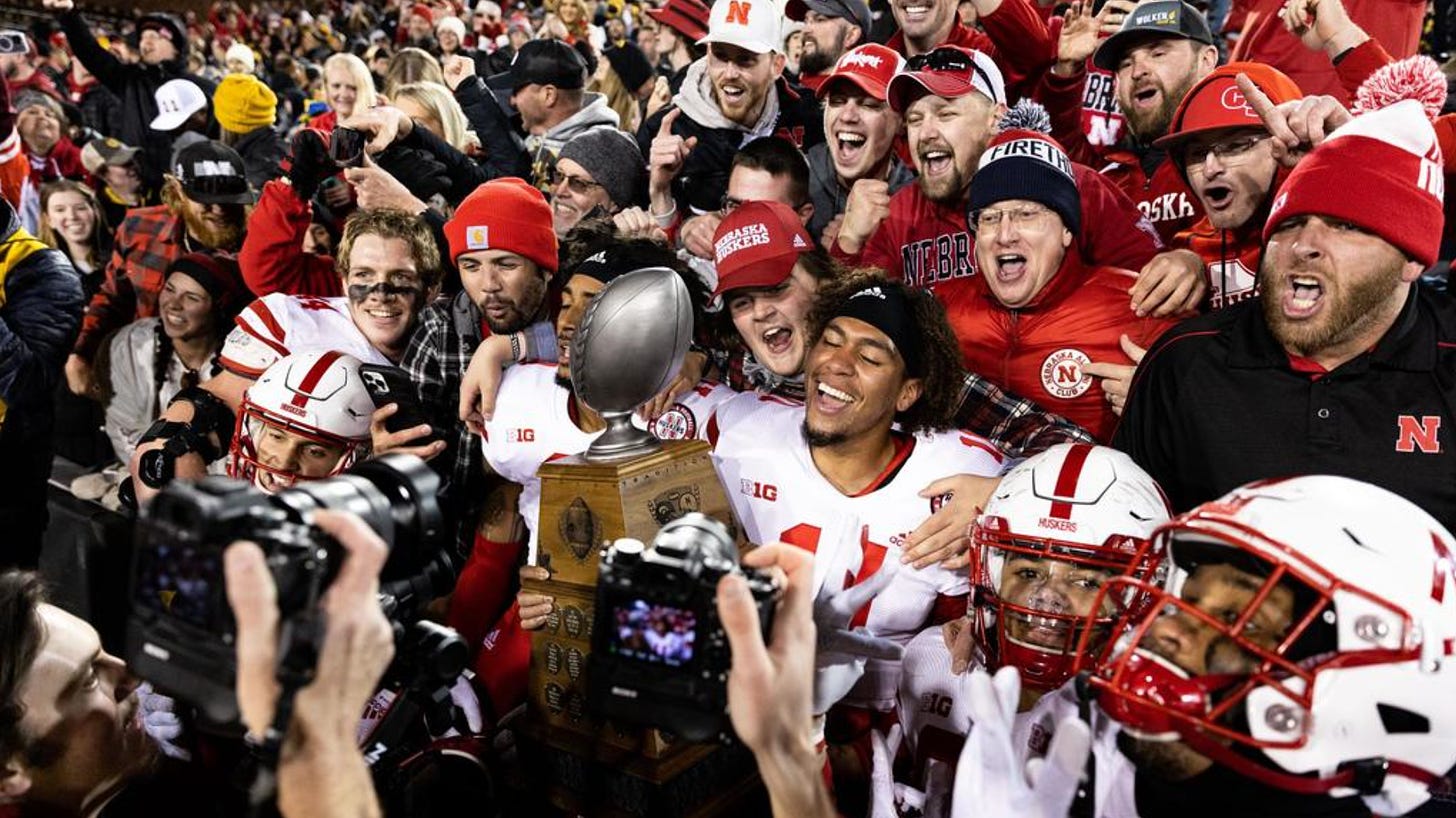
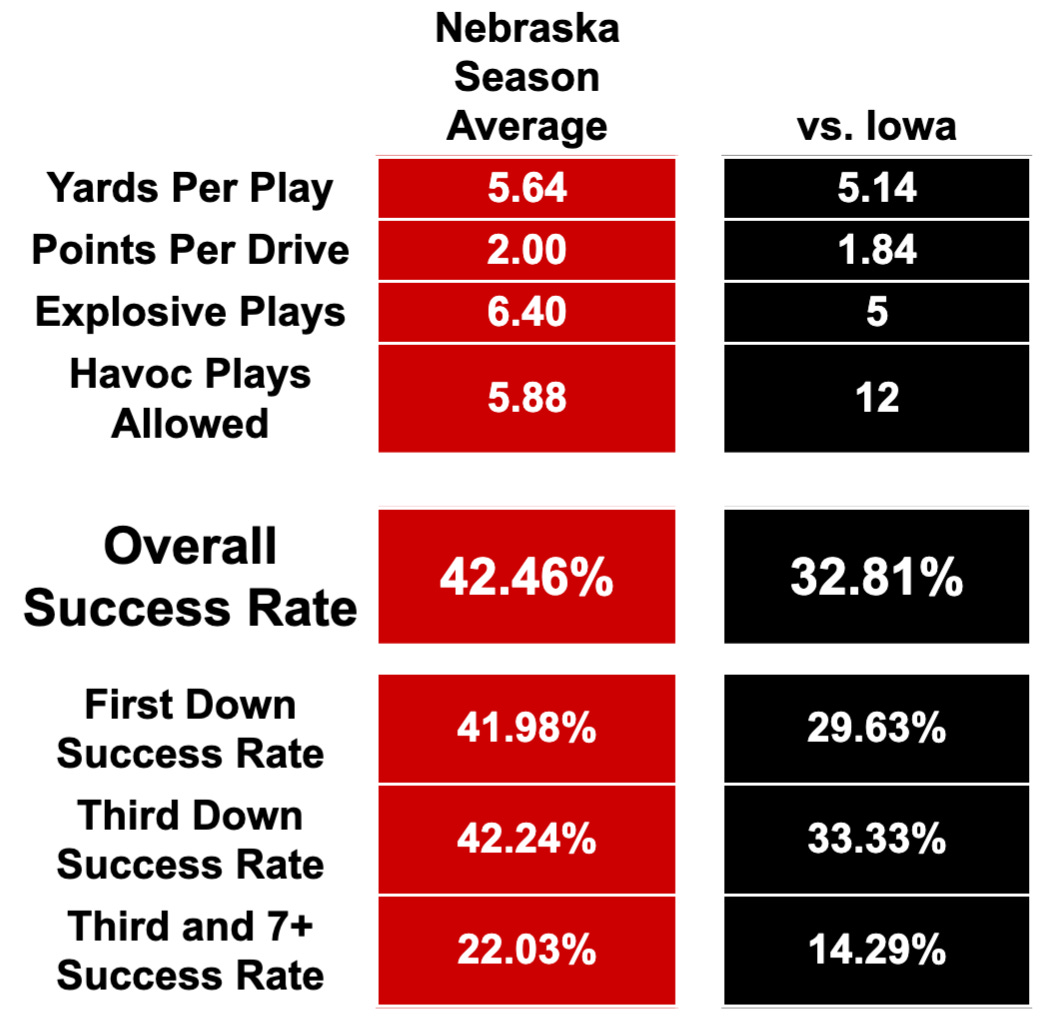
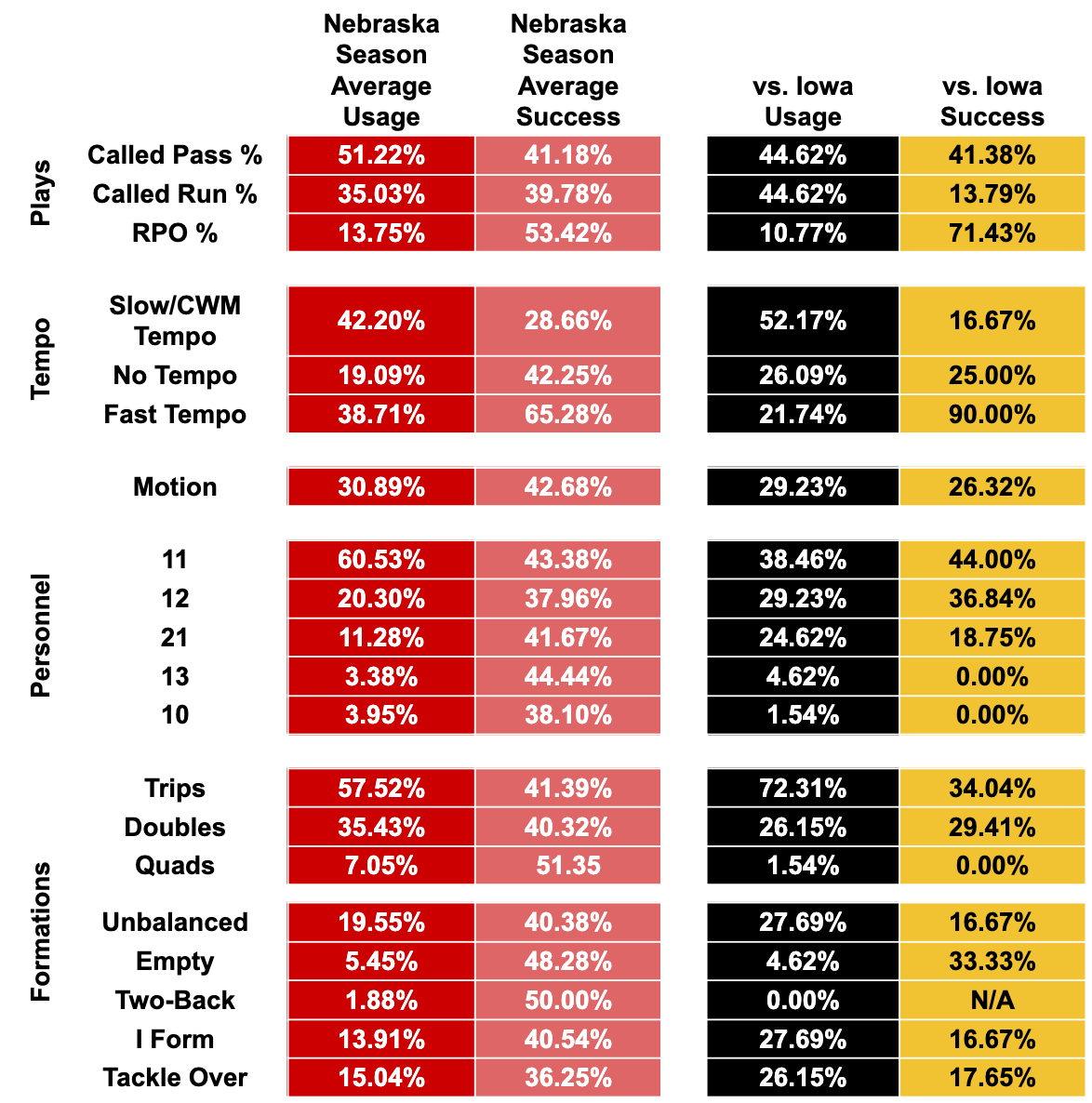
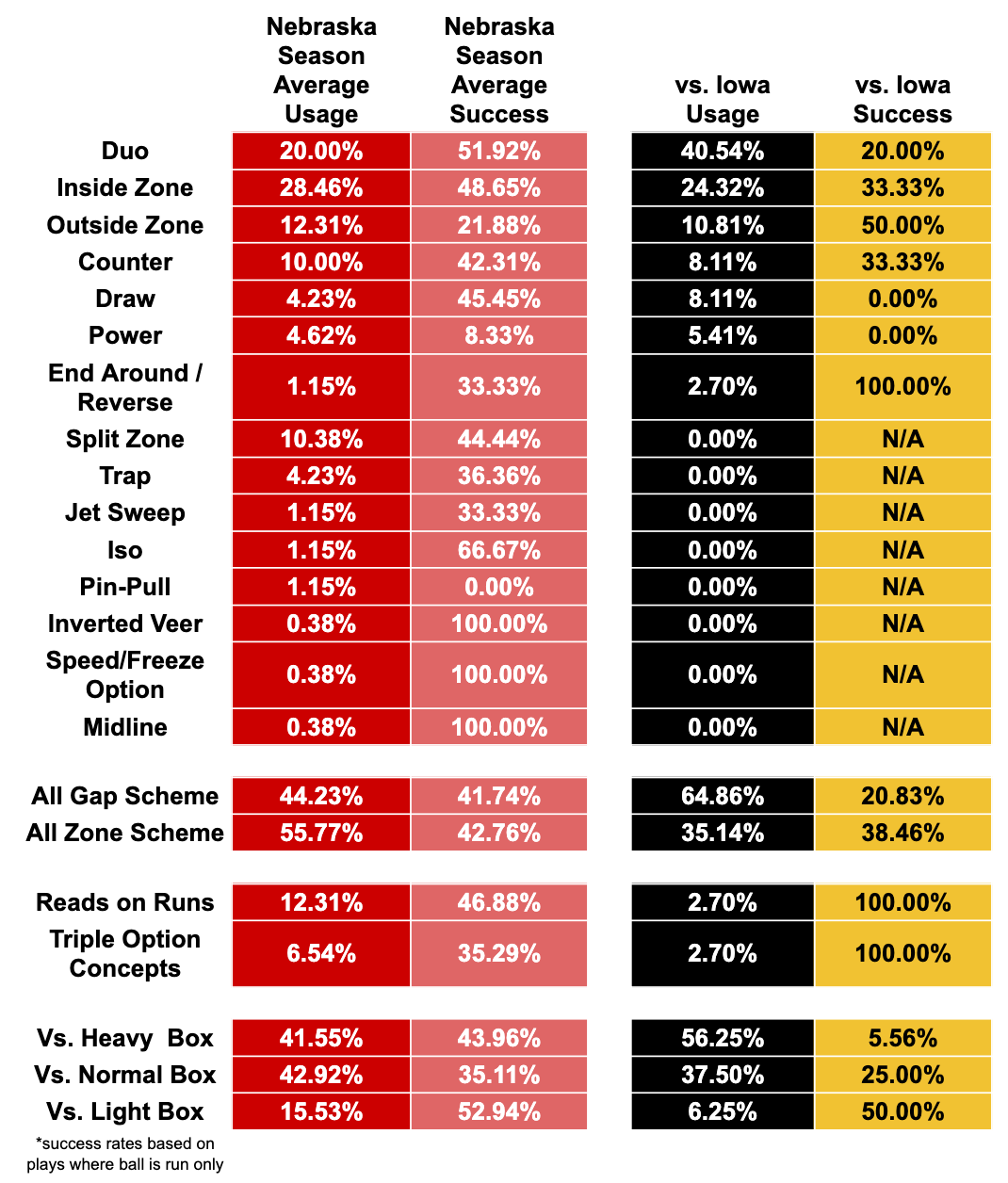
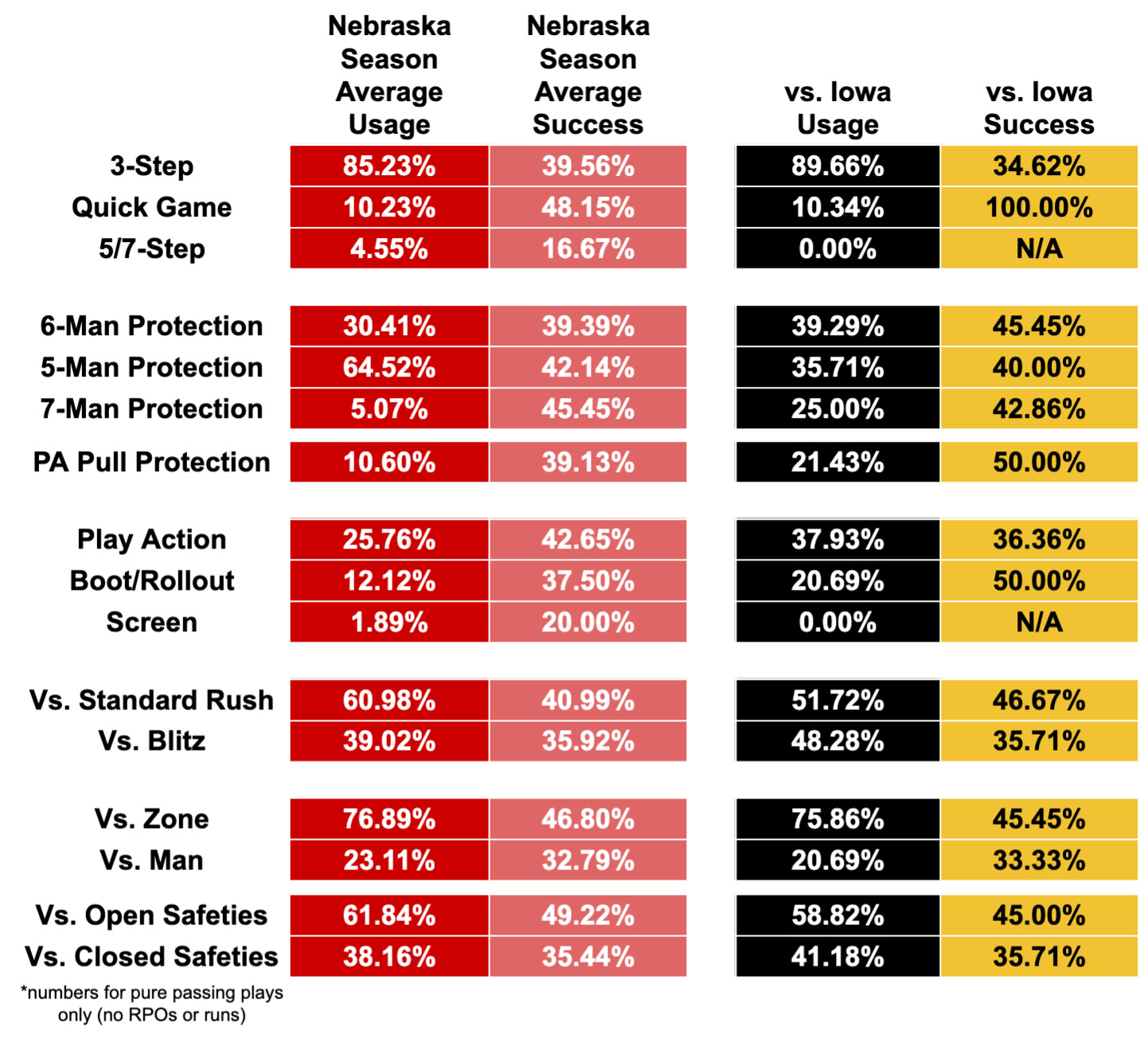
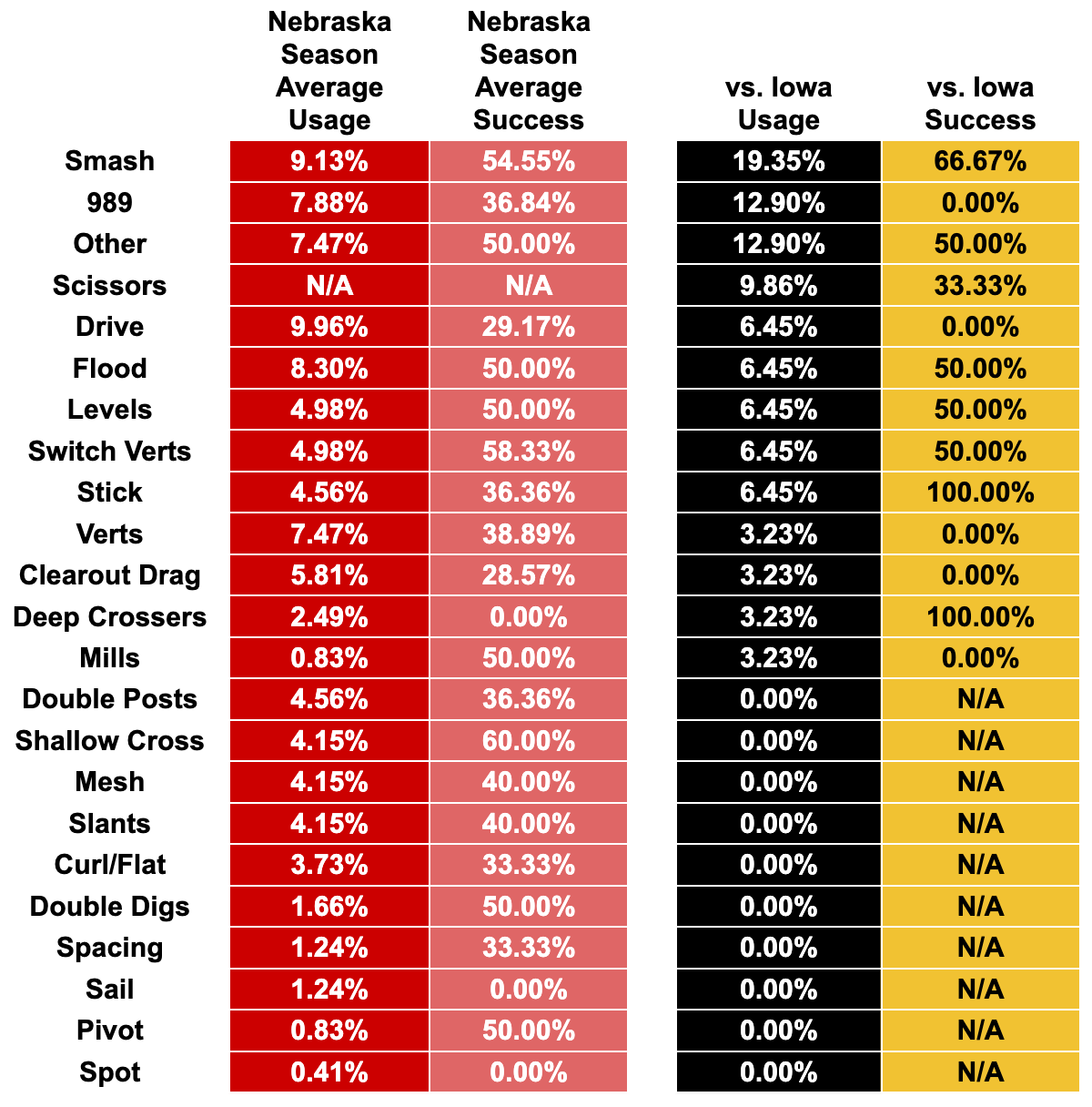

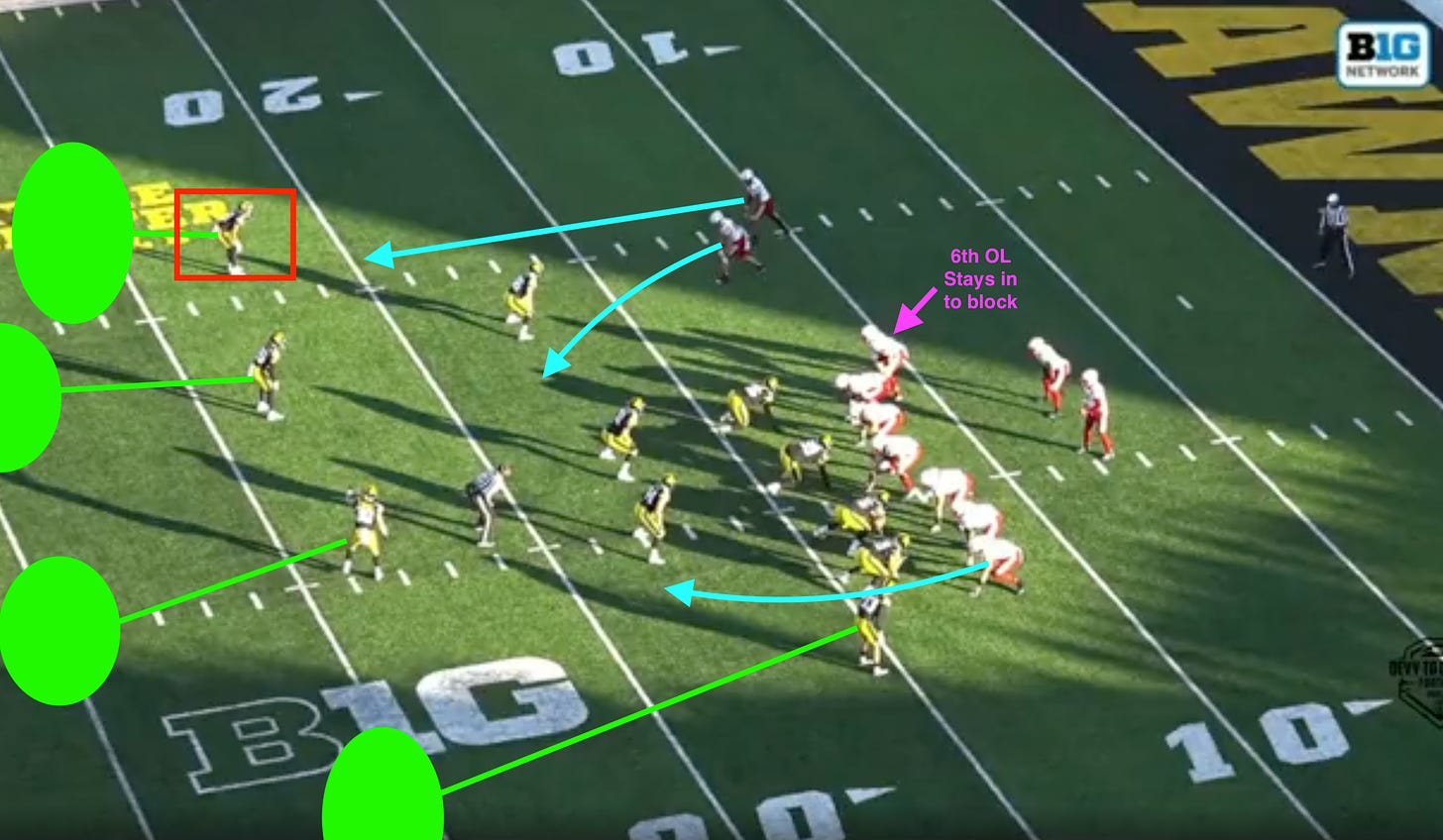
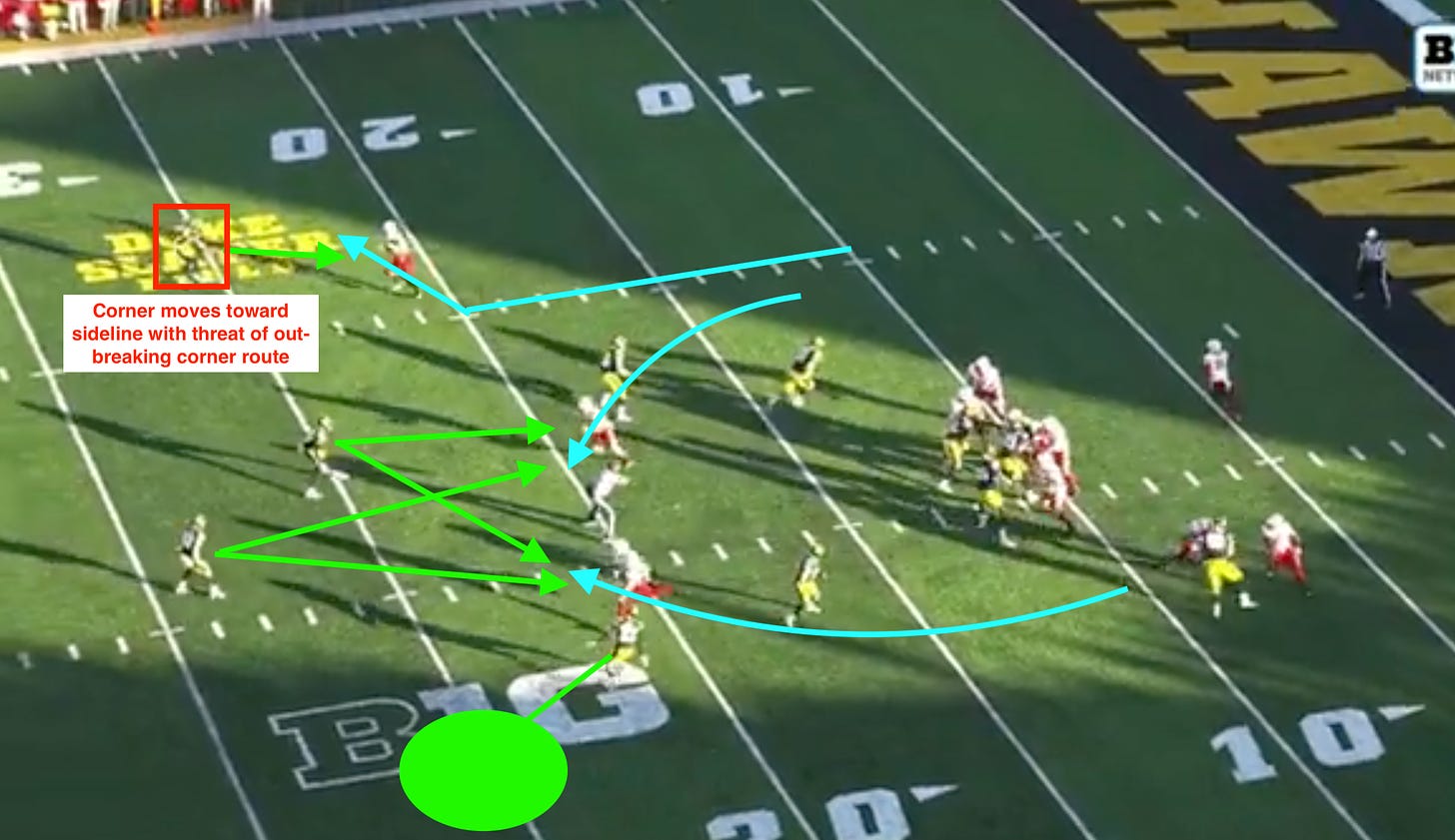
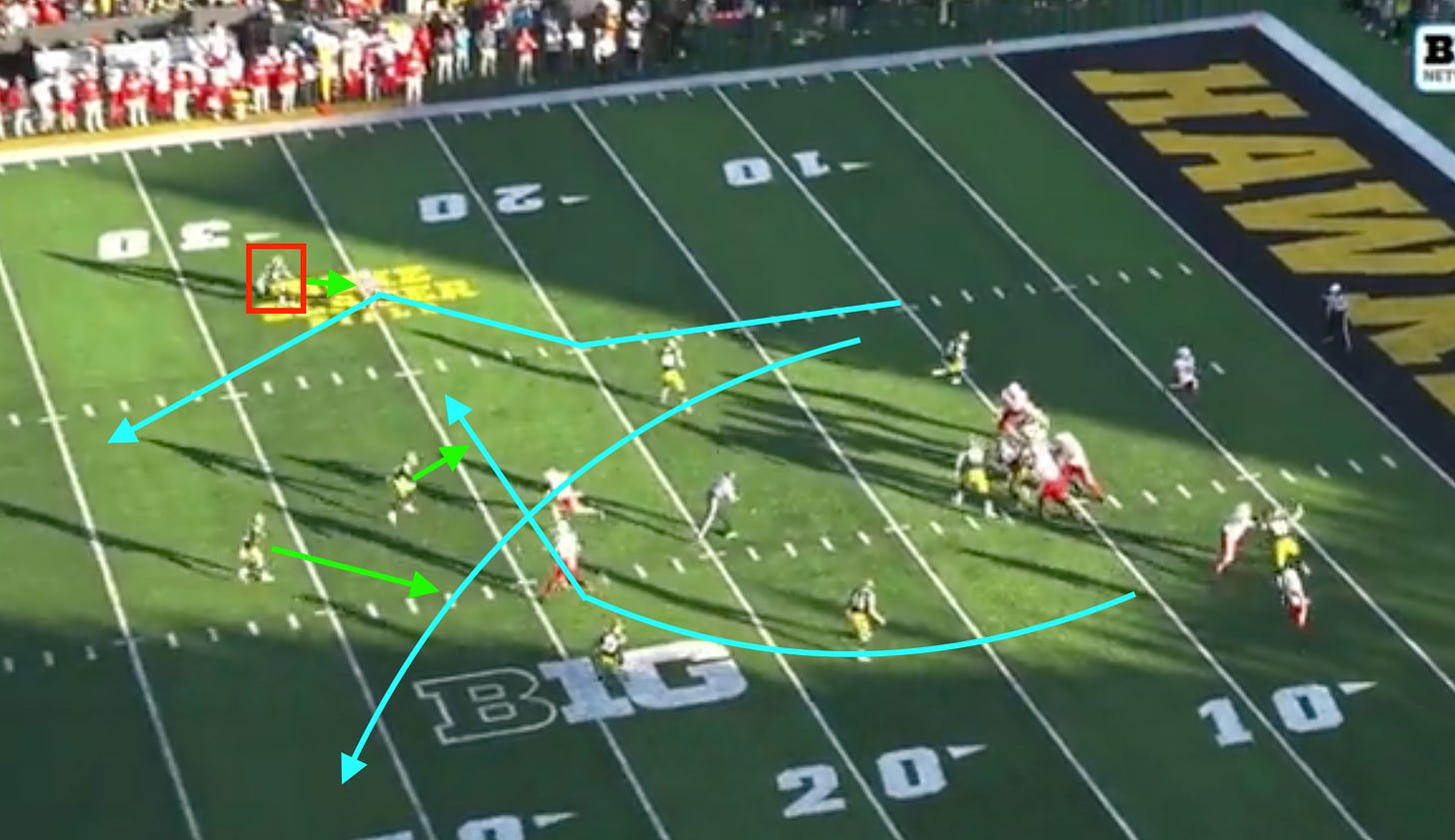

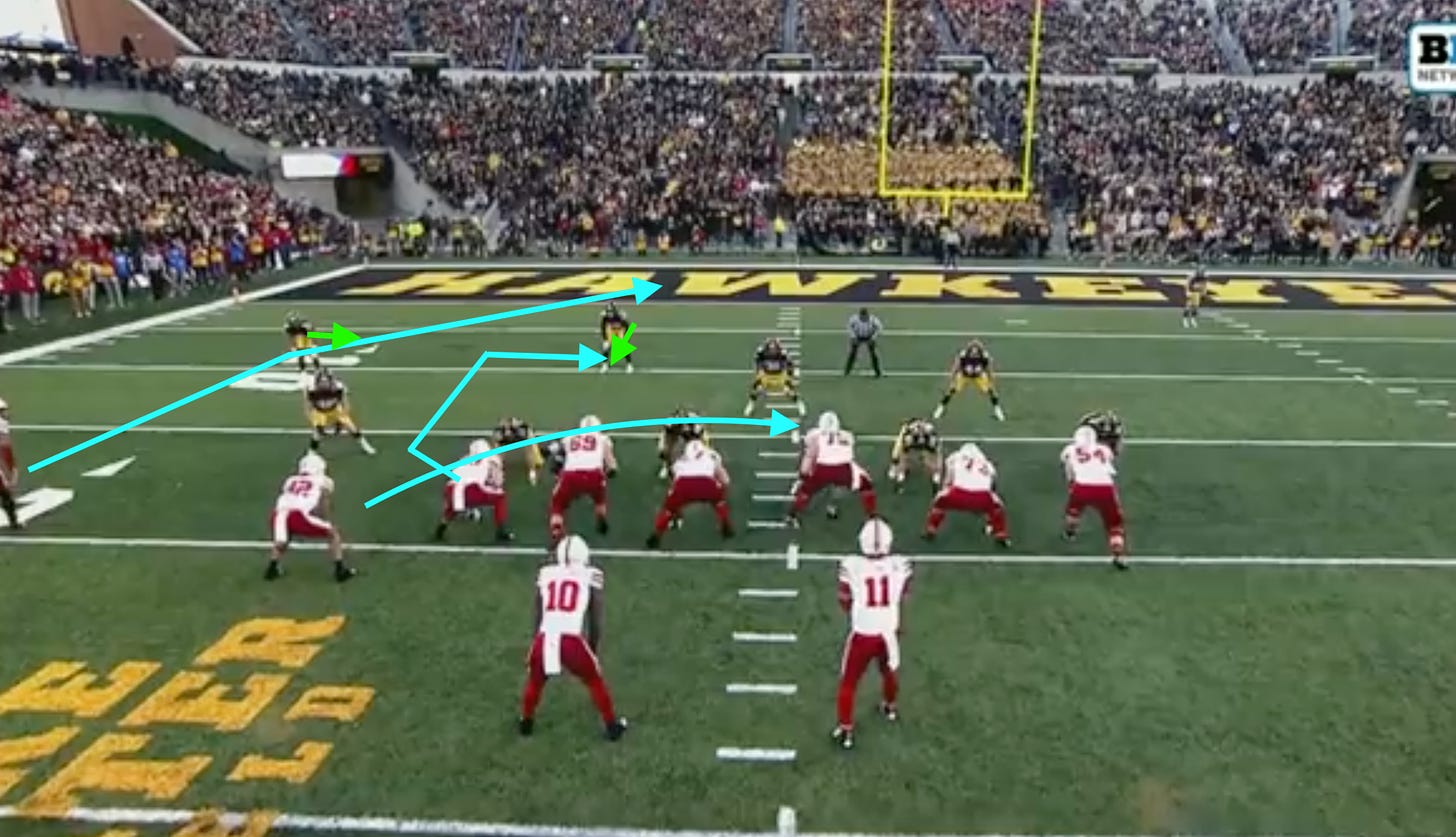

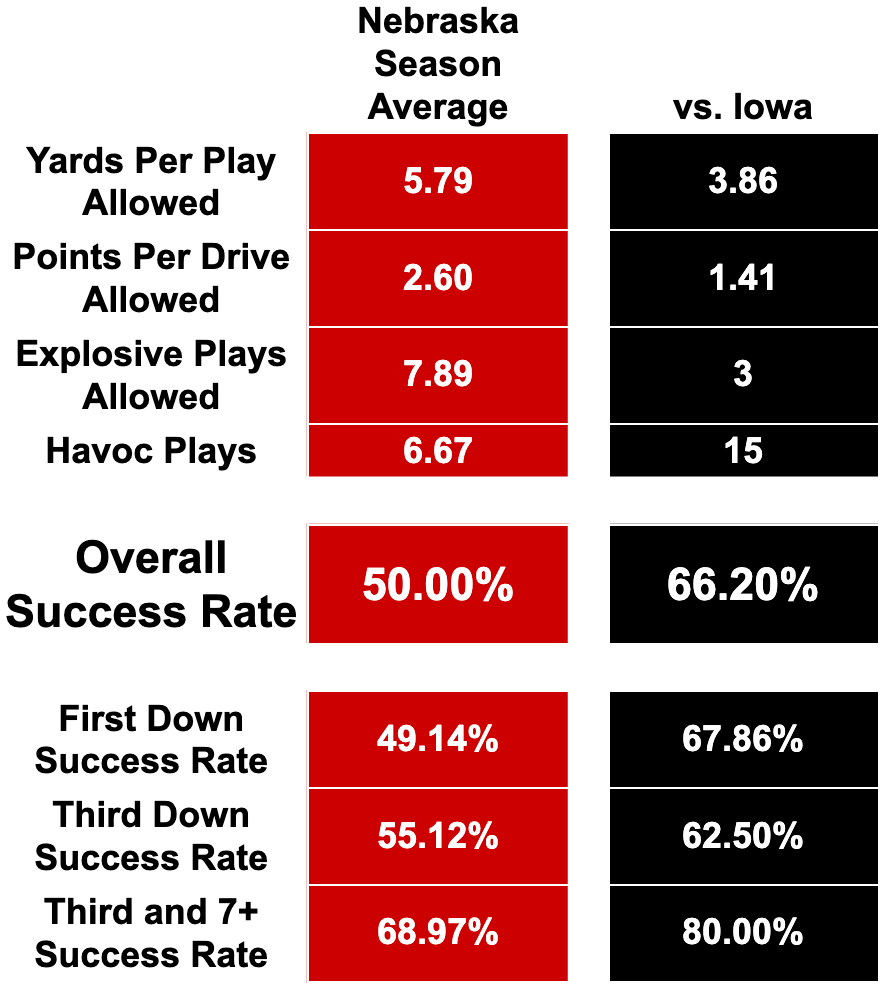


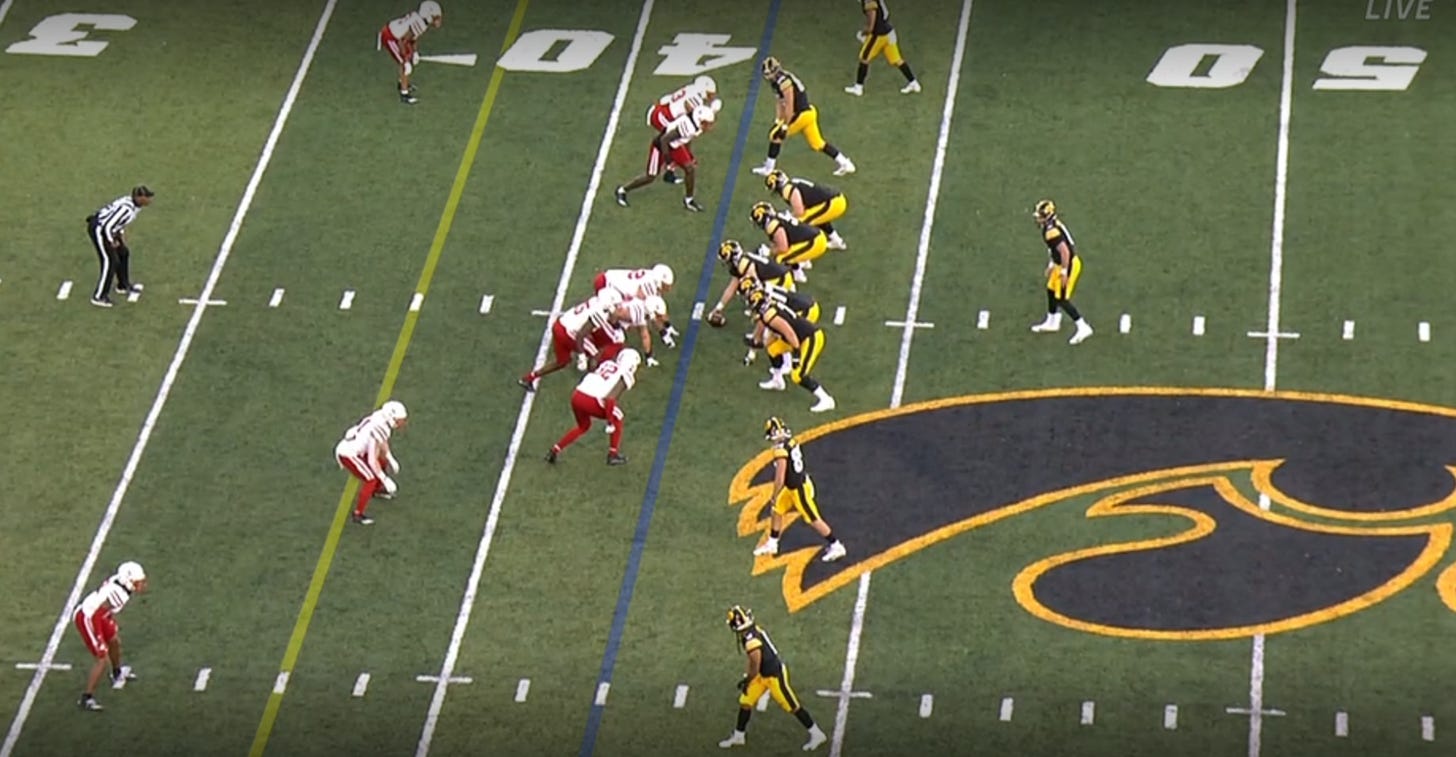
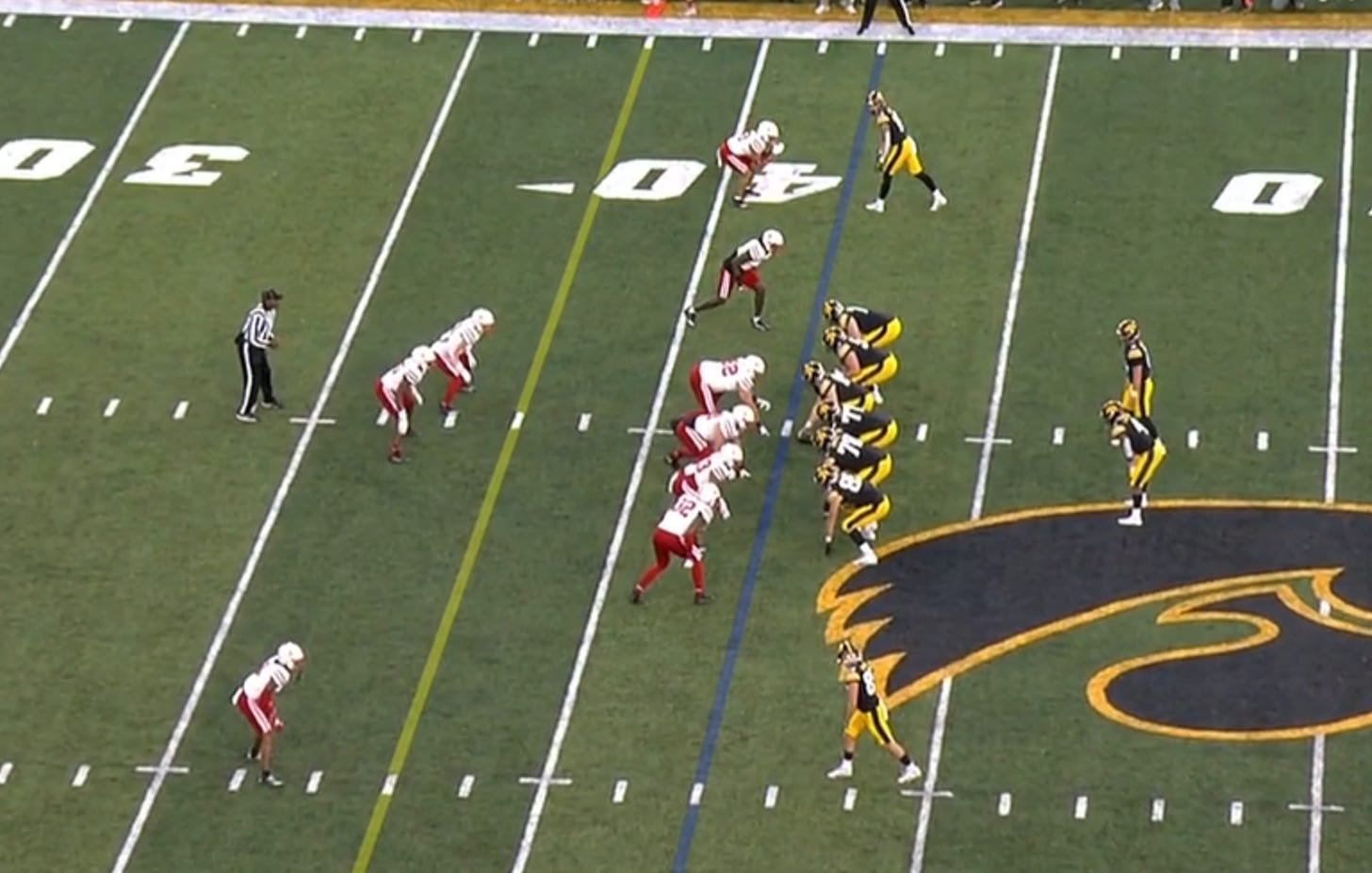
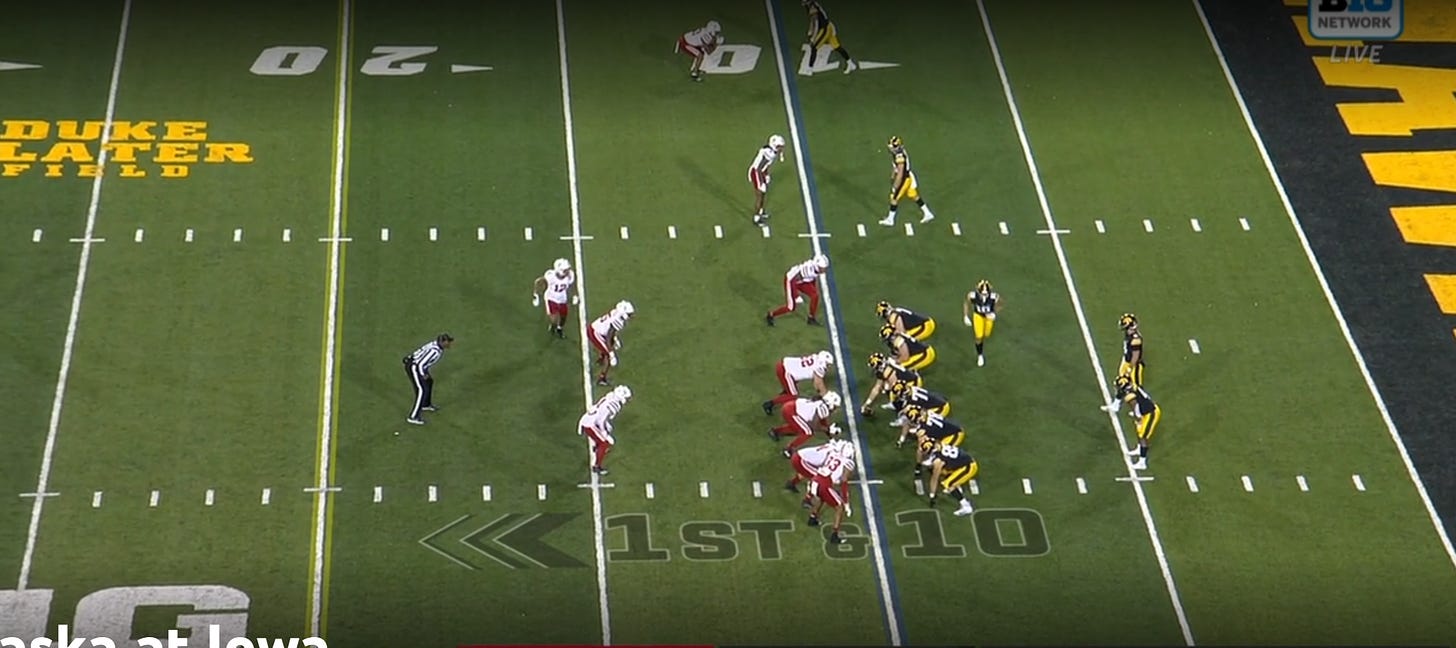

Thanks for writing these. The analysis is always on point. I hope you continue.